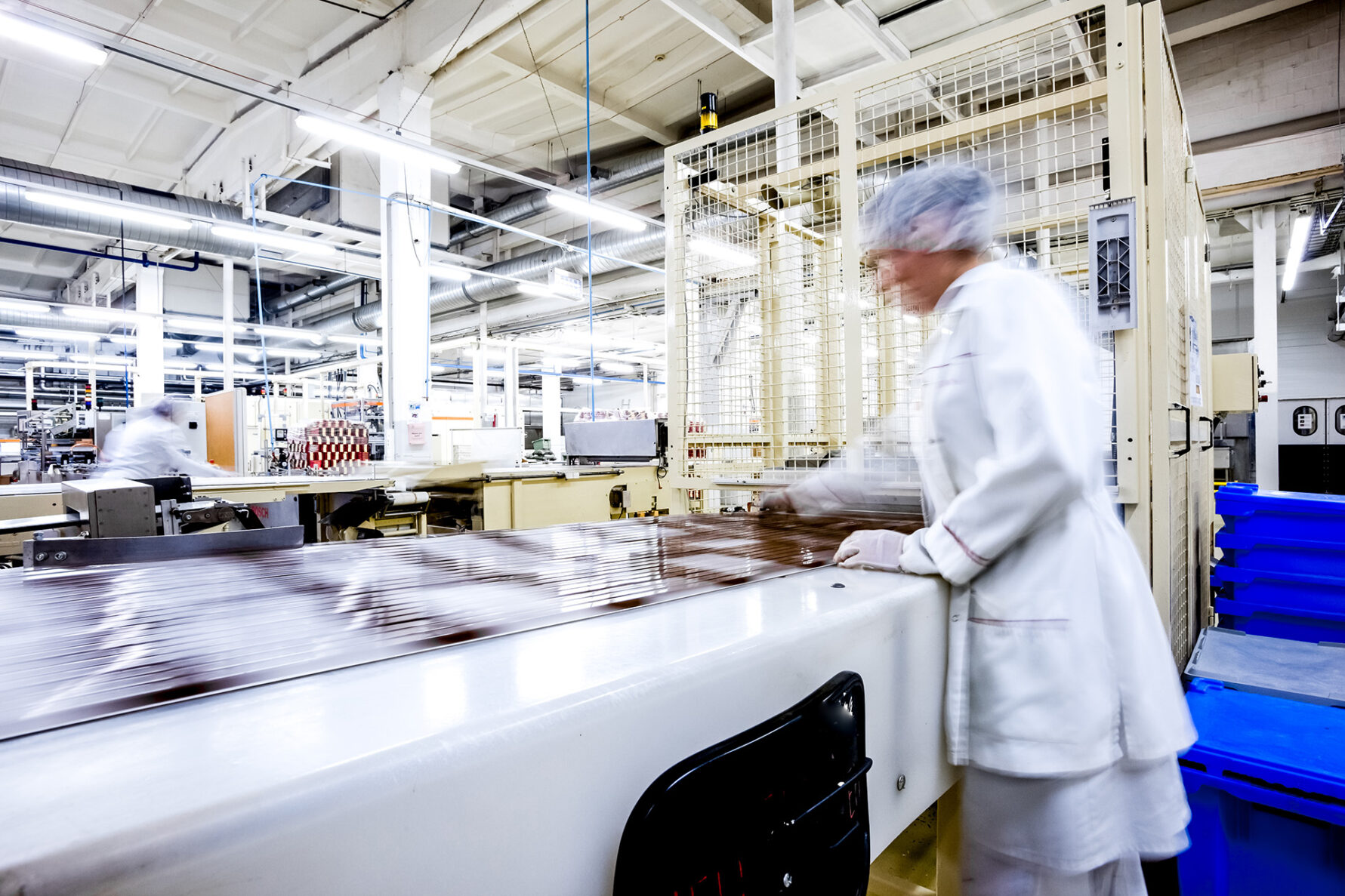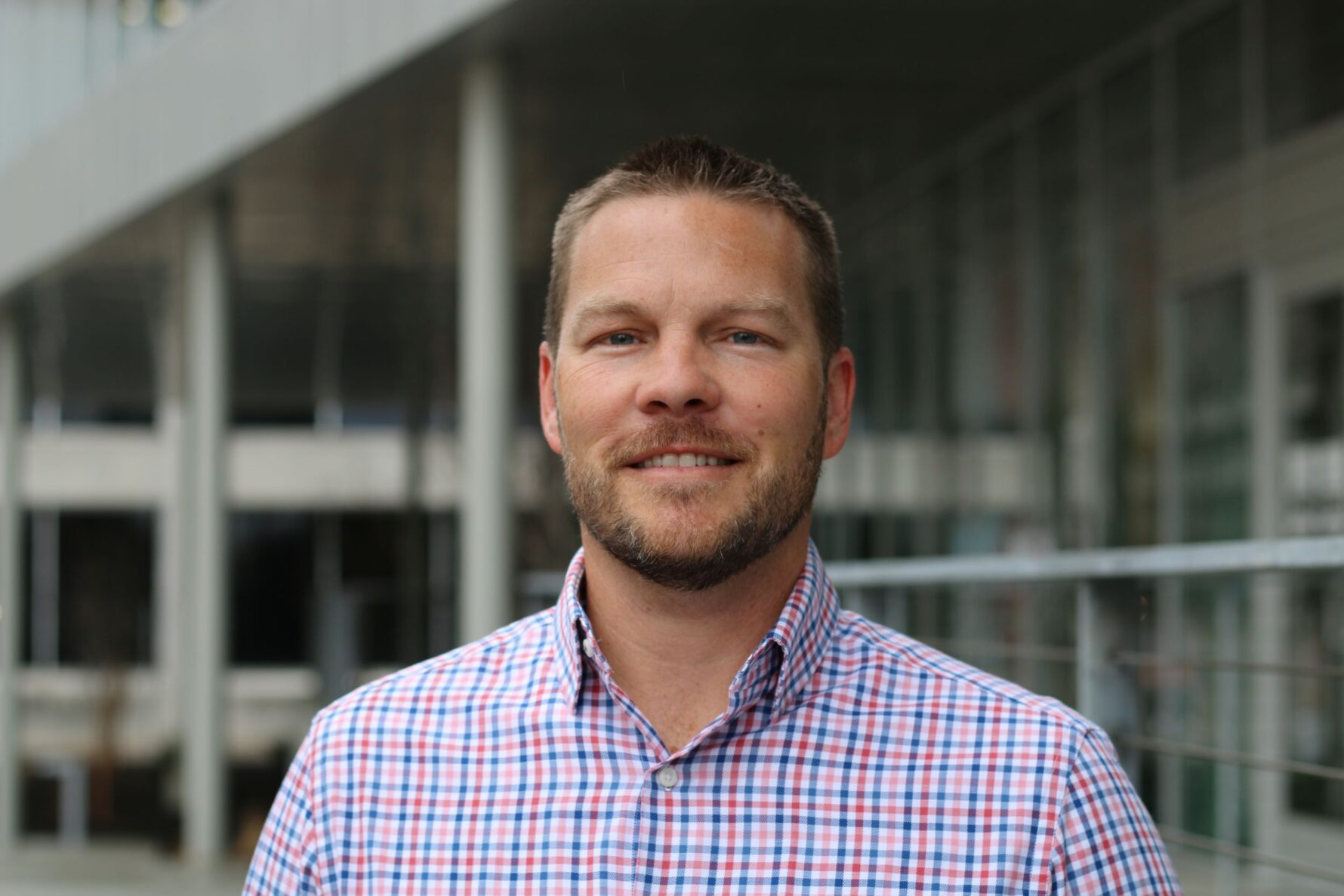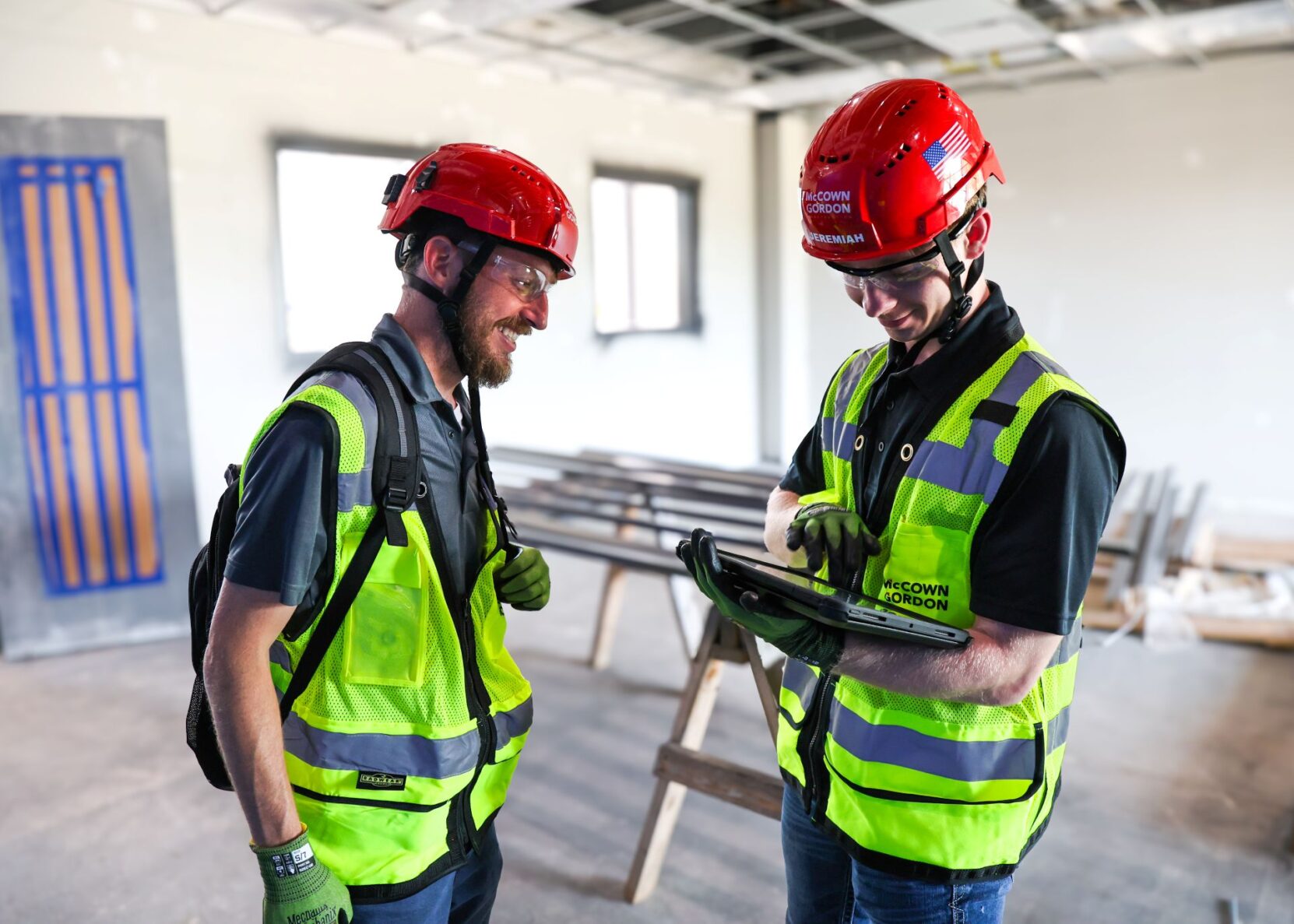Major Cost Drivers for Packaging Line Expansion: Your Guide to Project Success

If you’ve walked the floors of Pack Expo recently, you’ve seen the impressive array of packaging equipment and automation solutions available to food and beverage manufacturers. While the technology on display is compelling, the most successful companies understand that strategic packaging line expansion goes far beyond equipment selection. By understanding the complete investment picture upfront, you can make informed decisions that optimize your entire project and deliver superior long-term results.
The equipment showcased at Pack Expo represents the heart of your operation, but smart manufacturers know that comprehensive planning across all project elements is what separates successful expansions from costly surprises. Companies that invest time in understanding these cost drivers typically see better ROI, smoother implementations, and more predictable outcomes.
Strategic Cost Categories for Optimal Project Planning
1. Building/Facility Optimization (25-35% of total investment)
This investment in your facility’s infrastructure creates the foundation for long-term operational excellence:
- Structural steel and concrete work for equipment foundations
- Floor trenching and pit construction for conveyors/utilities
- Roof modifications for equipment height clearance
- Clean room construction or hygienic zone upgrades
- HVAC modifications to handle new heat loads and air change
2. Utilities Infrastructure (20-30% of total investment)
Robust utility systems ensure reliable operation and future scalability:
- Electrical: New transformers, switchgear, motor control centers, conduit runs
- Compressed air: Larger compressors, air treatment, distribution piping
- Steam/hot water systems for cleaning and sterilization
- Chilled water systems for product cooling
- Waste treatment capacity upgrades
3. Equipment Procurement (15-25% of total investment)
The core technology that drives your production capabilities:
- Primary packaging equipment (fillers, cappers, labelers, case packers)
- Conveyor systems and sortation equipment
- Quality inspection systems (vision, checkweighers, metal detectors)
- End-of-line equipment (palletizers, stretch wrappers)
4. Site Preparation & Civil Work (10-15% of total investment)
Essential groundwork that supports your entire operation:
- Excavation and grading
- Utility connections to property lines
- Drainage and stormwater management
- Paving and concrete work
- Site security and fencing
5. Process Piping & Sanitary Systems (8-12% of total investment)
Critical systems that ensure product quality and regulatory compliance:
- Stainless steel process piping
- CIP (Clean-in-Place) systems
- Sanitary fittings and valves
- Insulation and heat tracing
- Backflow prevention and cross-connection control
6. Controls & Automation Integration (5-10% of total investment)
Smart systems that optimize efficiency and provide valuable data:
- PLC hardware and programming
- HMI systems and operator interfaces
- Network infrastructure and cybersecurity
- Integration with existing plant systems
- Instrumentation and field devices
7. Professional Services & Project Management (5-8% of total investment)
Expert guidance that ensures smooth execution:
- Architectural and engineering design
- Permit fees and regulatory approvals
- Construction management and oversight
- Commissioning and startup services

Smart Planning Prevents Surprises
Experienced manufacturers budget for these additional considerations that can impact project success:
- Temporary facilities during construction – proper planning minimizes disruption
- Production optimization during tie-ins to existing systems
- Market conditions for skilled labor and materials
- Soil conditions that may require foundation adjustments
- Regulatory updates during design phase
Regional Optimization Opportunities
- Understanding your local market helps optimize your investment:
- Local utility connection fees and capacity charges
- Environmental permitting processes
- Building code requirements (seismic, snow loads, etc.)
- Regional contractor capabilities and specialties
Laying the Foundation for Packaging Line Success
The most successful packaging line expansions recognize that utility infrastructure and facility modifications represent strategic investments in operational capability, not just costs. Companies that plan comprehensively from the start consistently achieve better outcomes: faster startups, fewer change orders, and more predictable budgets.
Understanding these investment categories before you begin gives you a significant competitive advantage. While others may focus solely on equipment costs and face unexpected challenges, you’ll be making informed decisions that optimize your entire project for long-term success.
The impressive packaging solutions showcased at Pack Expo are powerful tools, but your success depends on the complete system that supports them. Partnering with a transparent EPC (Engineering, Procurement, Construction) or design-build firm early in the process ensures you have the expertise to navigate these considerations effectively.
The right partner doesn’t bring you surprises – they give you an upfront, transparent estimate that accounts for all these investment categories right from the start. This comprehensive approach means you can make informed decisions with confidence, knowing your budget reflects the complete project scope. No hidden costs, no unexpected change orders, no unpleasant discoveries during construction.
Smart planning today means competitive advantage tomorrow. Your comprehensive approach to packaging line expansion sets the foundation for years of operational excellence.
Heading to PACK EXPO? Let’s connect to talk about how we can help set up your projects for success from day one.




